Hands down one of the craziest things we’ve seen on our travels: dhamal, a kind of sufi dancing at the shrine Lal Shahbaz Qalandar in Sehwan Sharif, Pakistan.
Update 2020: I went back to Sehwan Sharif years later for an even crazier event: the urs of Lal Shahbaz. Don’t miss my post on the experience!
Think back to a music festival, a rave, some kind of underground party you’ve attended. Something with lots of people on lots of drugs.
At the end of the night–or the start of the morning–there’s inevitably a handful of people left over with glazed eyes and lost looks, dancing to a beat that you’re not sure you can hear. Their eyes are sunken, their clothes are stained with sweat. They sway to tunes in their own dimensions, some slowly and deliberately, some violently, spastically. They have no idea that you’re watching, or that you’re even there.
Have the image in your mind? Okay.
Now, take out the drugs. Take out the stage lighting, take out the speakers. Take the people from the festival grounds, and instead place them in a holy shrine in rural Sindh, Pakistan.
The resting place of Lal Shahbaz Qalandar
The sun had recently set on the shrine and resting place of Lal Shahbaz Qalandar, a famous Sufi poet from Afghanistan who traveled the world before settling down in the town of Sehwan, Pakistan in 1251 to teach god’s word to the people.
So who–or what–are Sufis? They’re the mystics of Islam, known for pursuing a closer relationship with God during life, rather than in the afterlife (why wait?). Rather than the typical religious approach of scaring people into doing good for fear of eternal damnation/hellfire/torture, Sufism promotes doing good out of love for God, and a desire to become closer to God’s love.
Outside of the Islamic community, they’re known for their whirling dance, a religious practice combining dance and meditation, also know as dhamal. It’s supposed to be entrancing–not that we would know. What we saw was quite different, and much rawer.
Read more: Digging deeper into South Pakistan: a Sindh travel guide
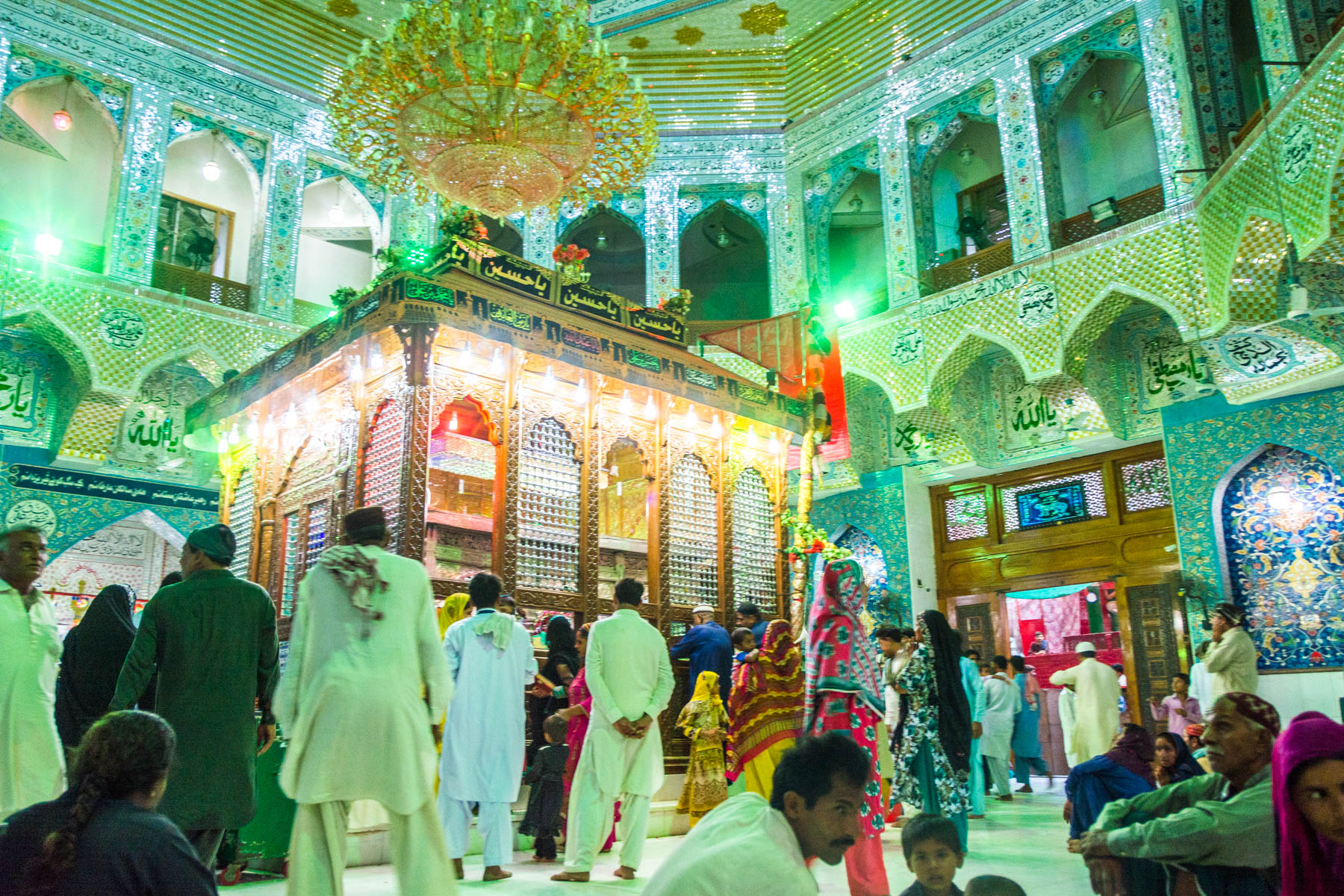
People gathering to pay their respects at Lal Shahbaz’s tomb.
Drums, seizures, action!
It was mystical. It was captivating. And it was primal. I’ve never seen anything like it.
As another day of Ramadan came to a close, a crowd was gathered in the courtyard of the shrine to pray and break the day’s fast together. Half of the courtyard filled with women and children, rustling like a flock of colorful birds coming in to roost for the night. The other half of the courtyard was cordoned off, and a handful of men and boys clustered around a line of big, round drums.
Suddenly, one of the drummer boys picked up his drumsticks and began to beat a tattoo on his drum. The others followed. A man stood to accompany on his horn, weaving sounds together to create a melody. So it began.
Several men rose and began to dance. There was no coherent style to their movements. They flailed, they swayed, they dropped, writhing, on the ground. There was no rhythm, there was no beat, but still they danced with passion. The drums quickened.
More men joined in, and a mob formed.
Men threw their hands in the air in ecstasy, eyes closed and heads bobbing as they moved in their seemingly unorganized chaos. The first horn player dropped his horn and joined the fray, shaking his hips and snapping his fingers as two more horn players rose to take his place.
The dancers’ frantic energy was incredible–you’d never guess they’d been fasting from sun up to sun down.
Around the mob’s perimeter, women were equally as entranced.
Headscarves were scattered on the ground as they violently toss their heads to the beat, their long, dark locks tossing to and fro so quickly that they become a blur. Some danced on their feet, hands raised to the skies, while others castrated themselves on the ground, hair kicking up piles of dust as it swept across the floor.
In the other direction, I saw still faces, curious faces.
Many people in the shrine were watching on impassively, their faces blank despite the raw emotion unleashing itself before their eyes. Others were more intrigued, filming the writhing masses on old camera phones or gently tapping their fingers to the beat. Some moved forward to tuck a few rupees into the breast pocket of the horn player, others sat and sipped their cold drinks while calmly watching on.
The music crescendoed, and it appeared as though everyone had gone completely mad.
Men were on their knees, eyes rolling up into their heads as they shook and shuddered. A girl rolled around on the floor, tears streaming from her eyes as she screeched unintelligible words. A woman looked as though she was having a seizure as her husband crouched over her, trying fruitlessly to rearrange her headscarf so it wouldn’t fall off as she convulsed on the floor.
Heading to Pakistan? Make sure to read about the 5 biggest dangers when traveling the country!
As suddenly as it began, the music came to a halt.
There was no applause.
There were no cheers.
The crowd quickly dispersed, and the noise level returned to a low hum.
All that was left were those caught in the deepest throes of passion. They were sprawled on the tiles of the courtyard, soaked with sweat. Some seemed conscious, others not. Friends and family came forward to fan them and sprinkle water on their faces while they heaved on the ground. Eventually, they, too, rose and faded back into the crowds.
Visiting the shine of Lal Shabaz Qalandar in Sehwan Sharif, Pakistan
Visiting the shrine of Lal Shabaz Qalandar is a unique experience, and we highly recommend it if you’re traveling to Sindh. The shrine is located in the city of Sewhan Sharif, about two hours north of Hyderabad. There is no train station, so you’ll have to travel to Hyderabad or Karachi first before heading to Sehwan. We suggest Hyderabad.
Although Sehwan is an important pilgrimage stop, it’s not exactly what you would call developed. There are frequent power outages, the roads are in poor condition, and most facilities are basic. If you’re traveling on a budget, you can try your luck and one of the many pilgrim lodges lining the roads around the shrine. Not all are obvious, so ask around and someone will help you.
If you’re looking for more comfort, Hotel Sehwan Divine is your only option. It’s located on the main highway next to Sehwan, about 15 minutes walking from the shrine. It had a good restaurant, too.
Safety in Sehwan
Because of Sufism’s unorthodox view on Islam, some hardline elements in Pakistan consider Sufis heretics. In 2017 the shrine of Lal Shabaz Qalandar was attacked by IS, and at least 90 people died. Security is therefore tight, and it’s likely police or ISI personnel will accompany you in the shrine, or at the very least will try to question you. Be polite but firm if they try to tell you it’s not allowed to visit Sehwan. There are no NOC requirements.
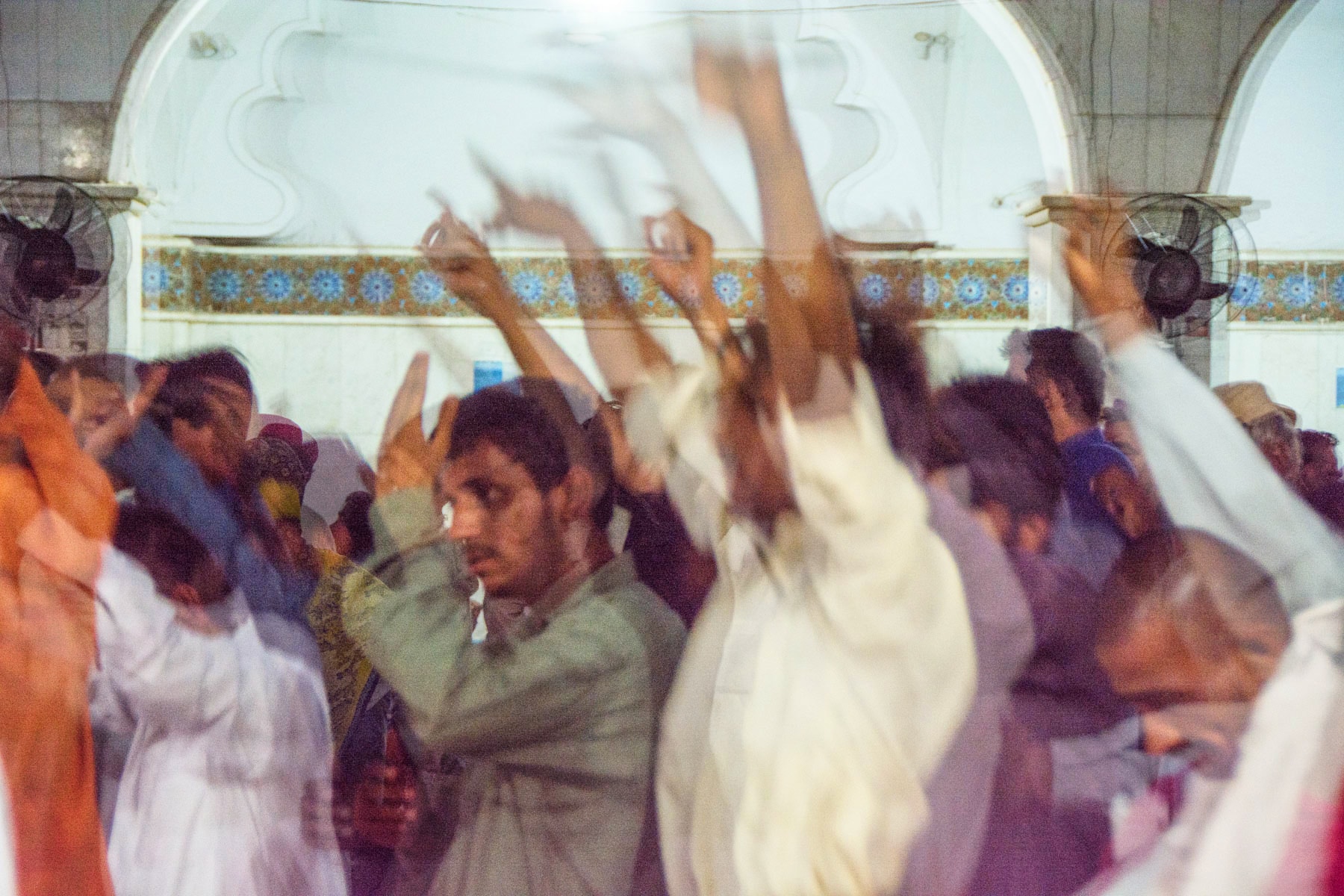
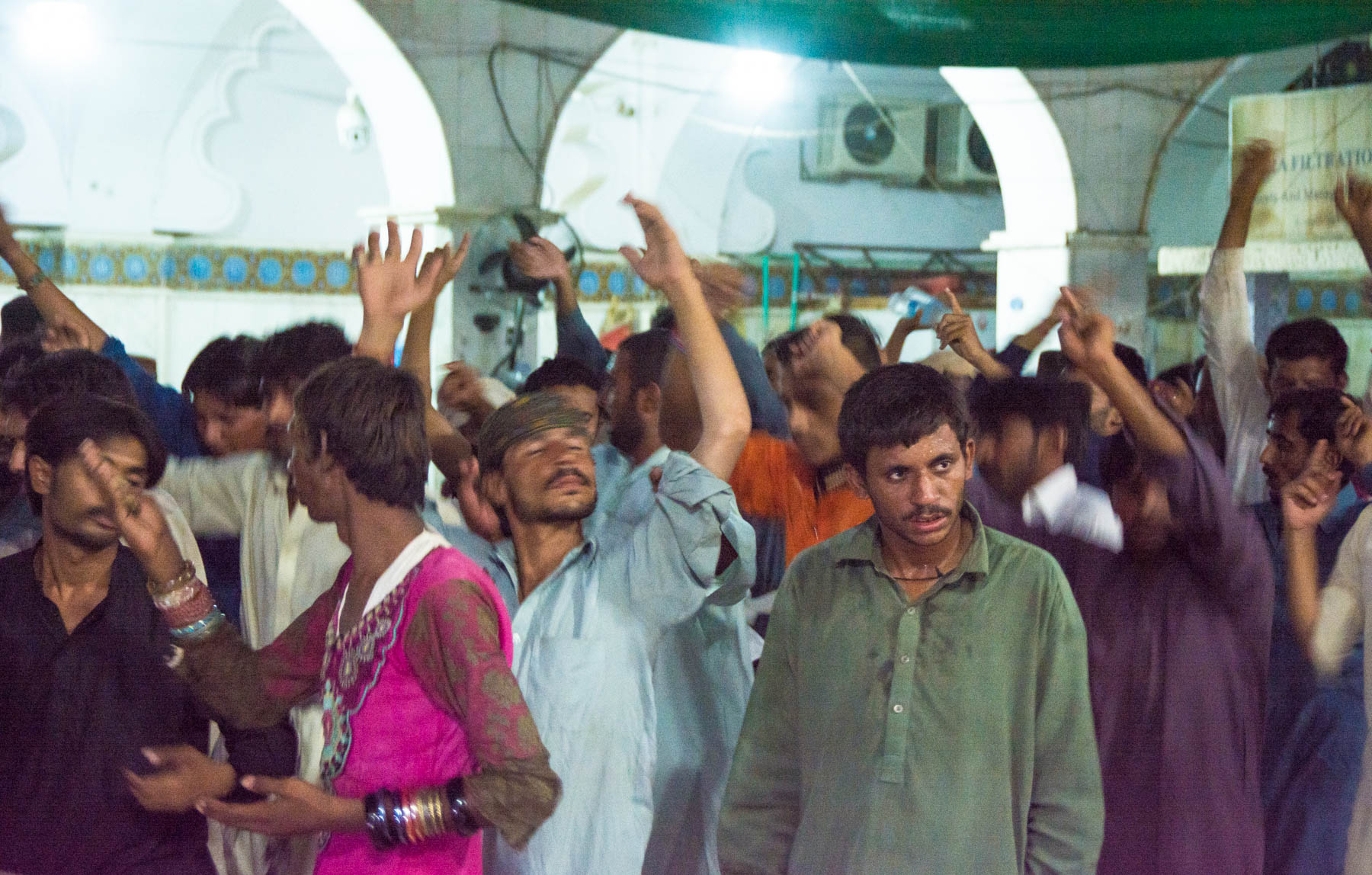
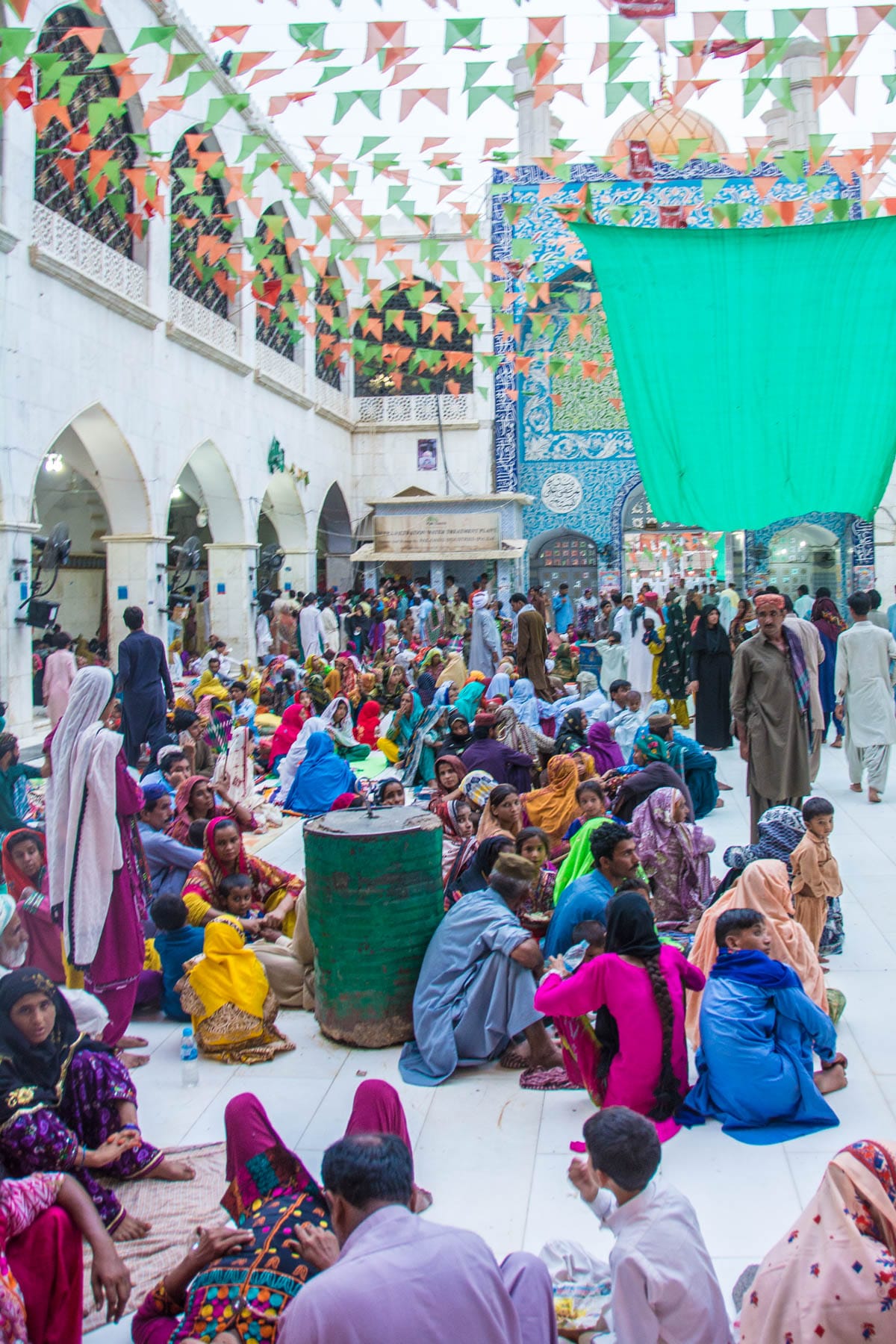
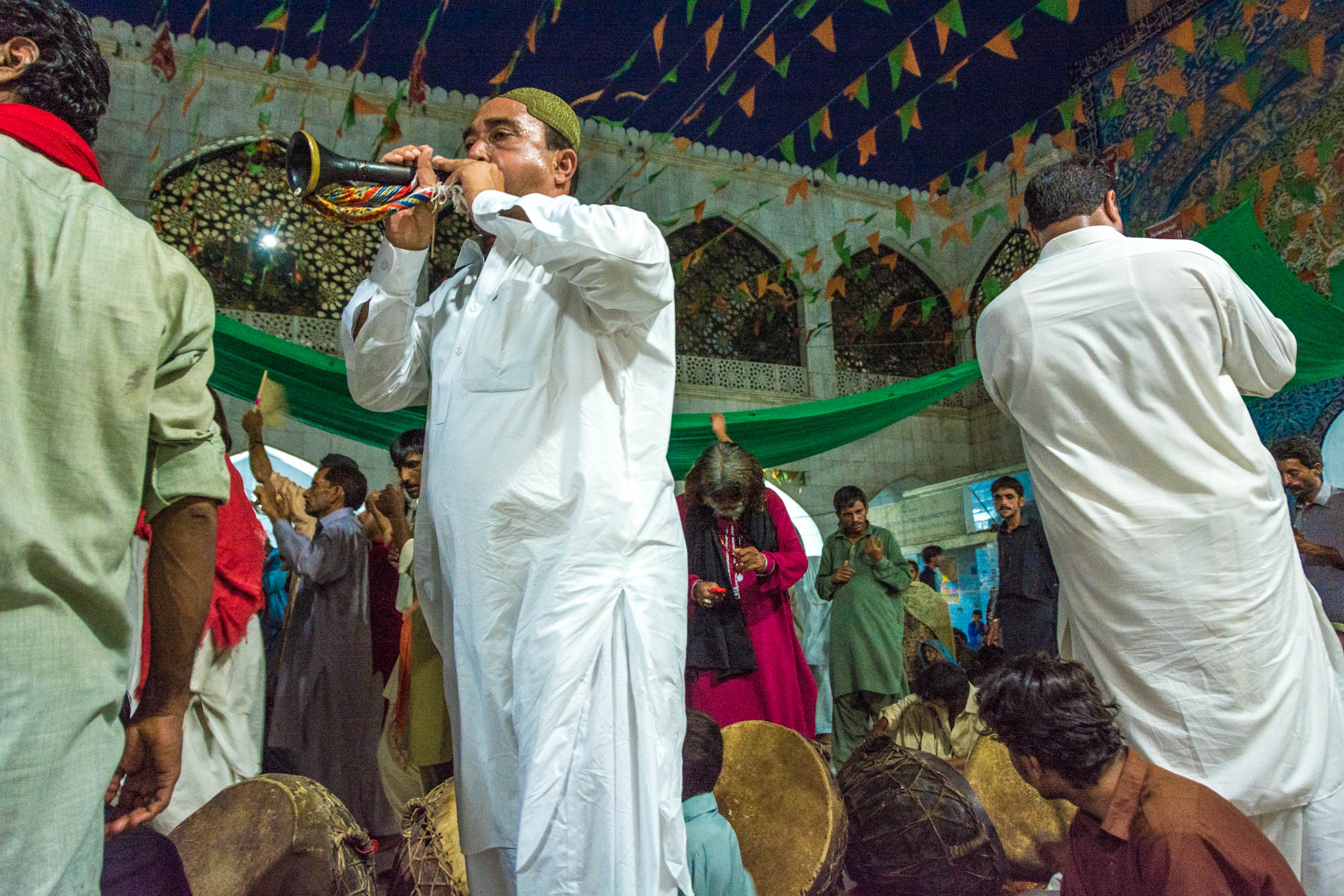
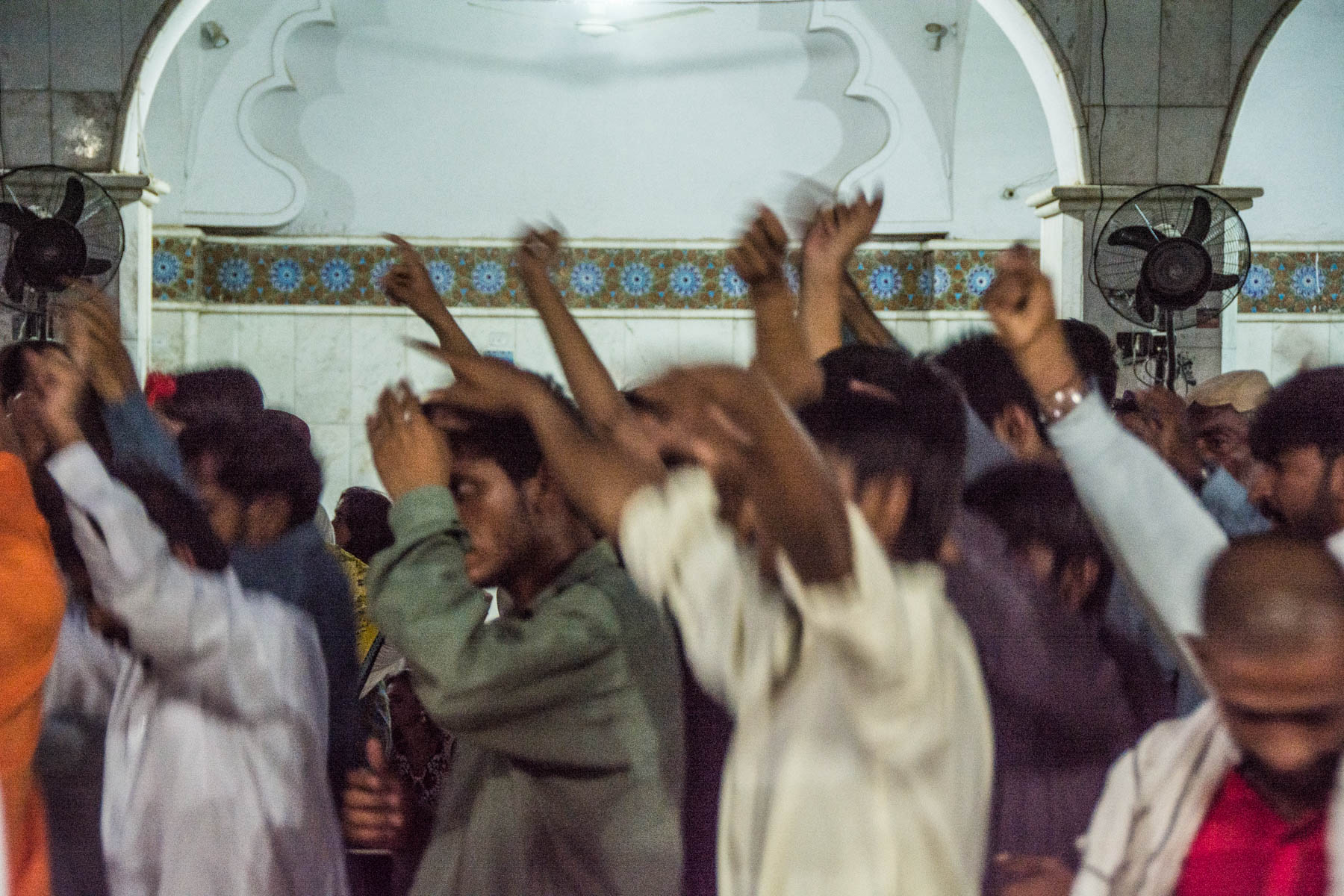
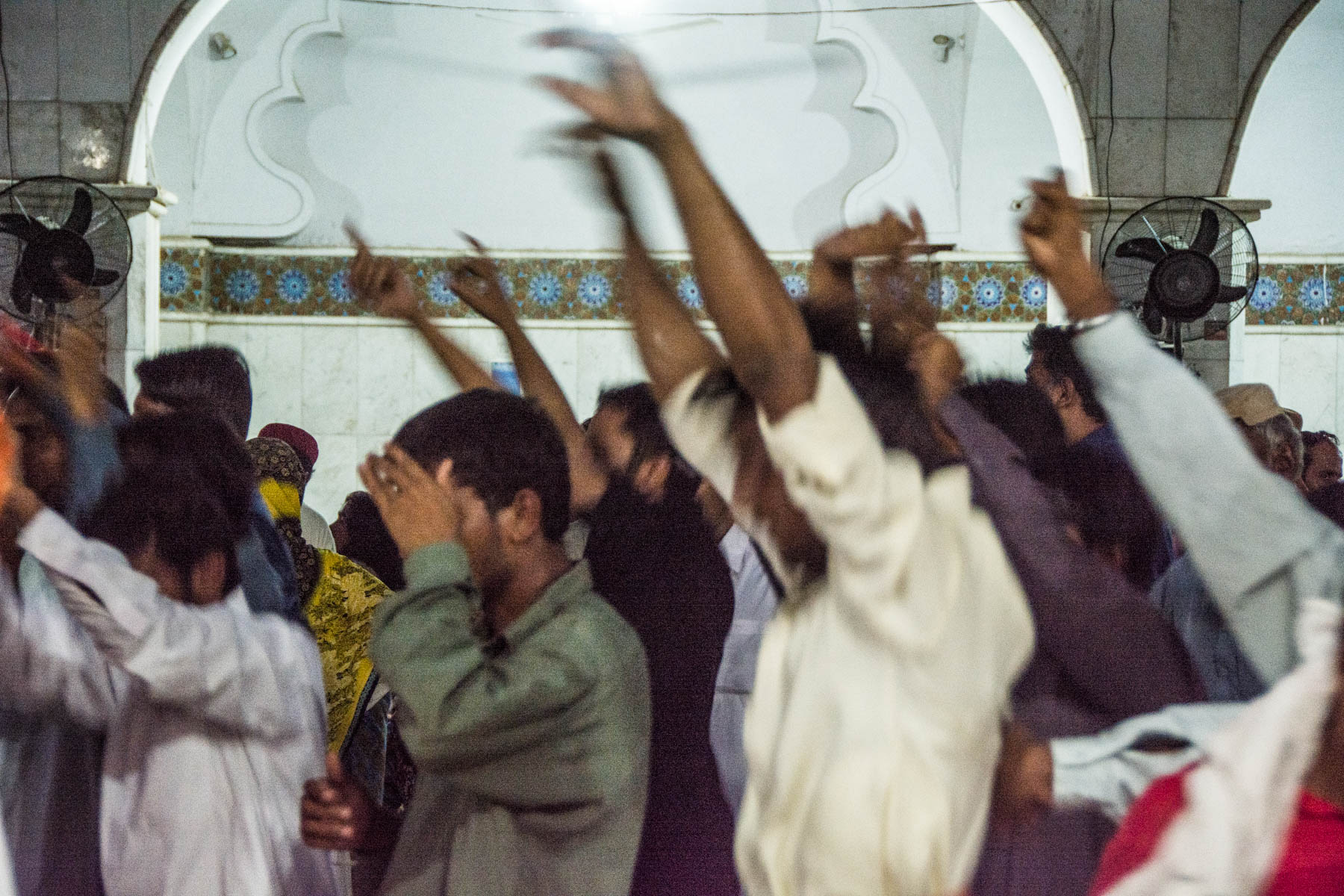
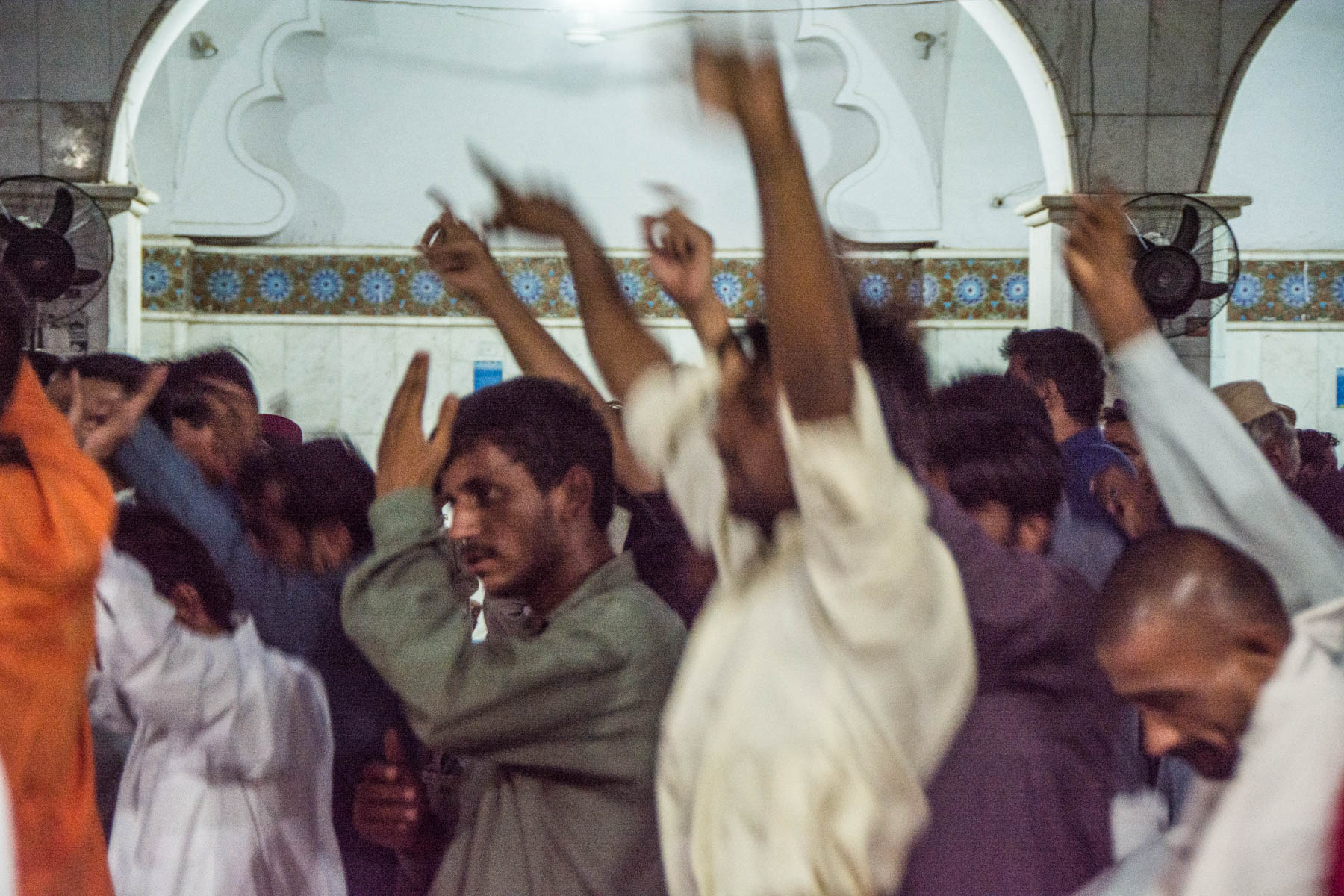
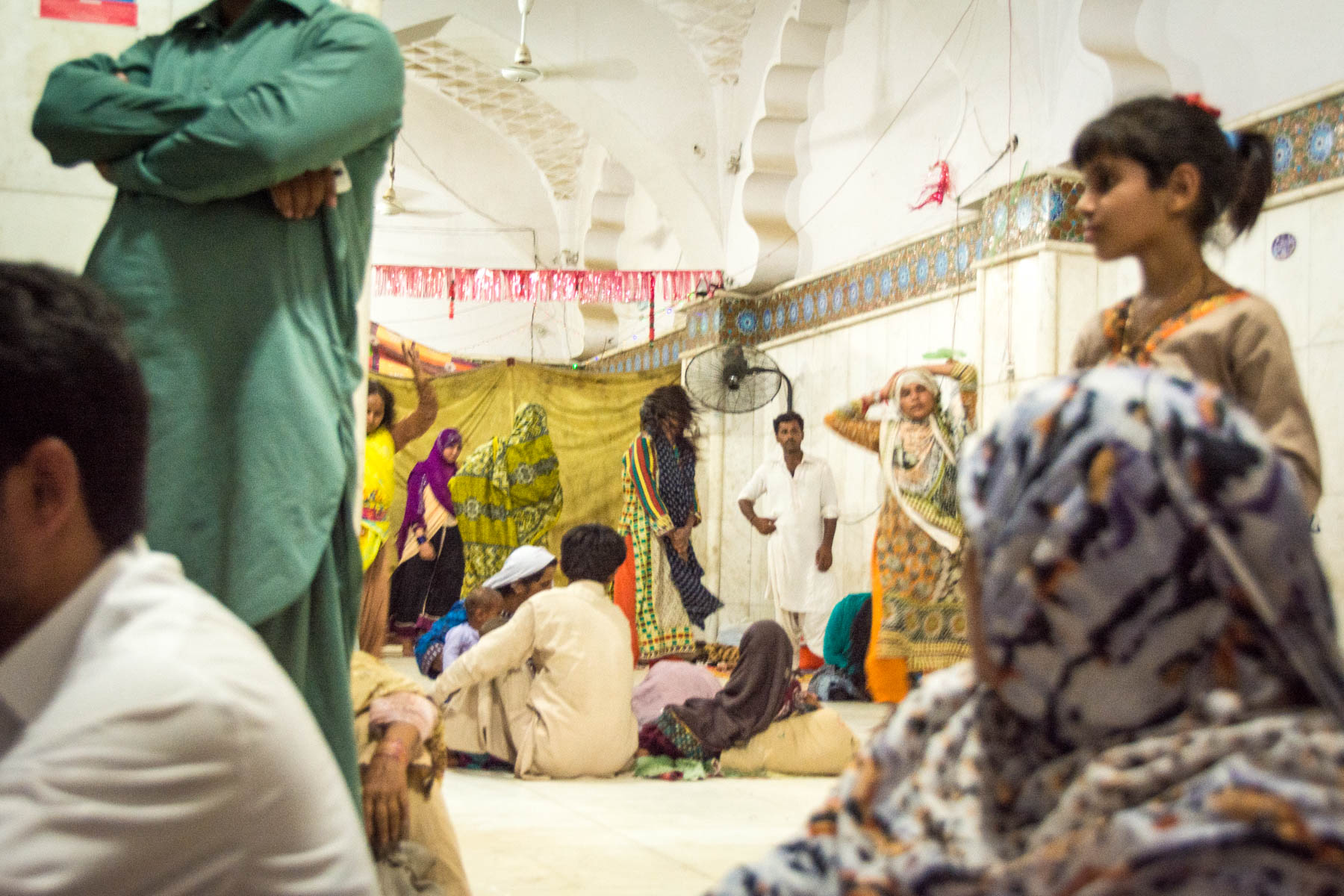
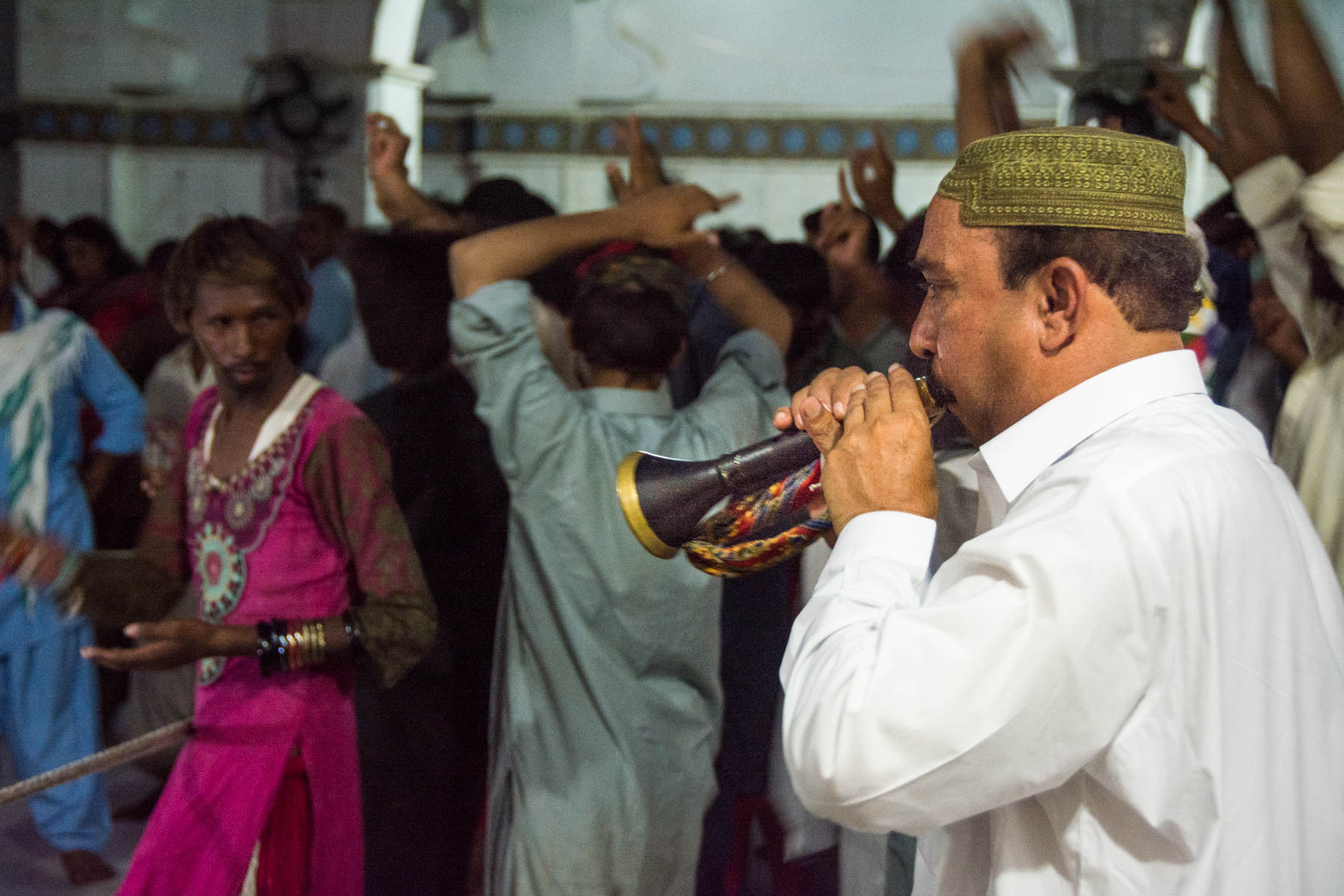
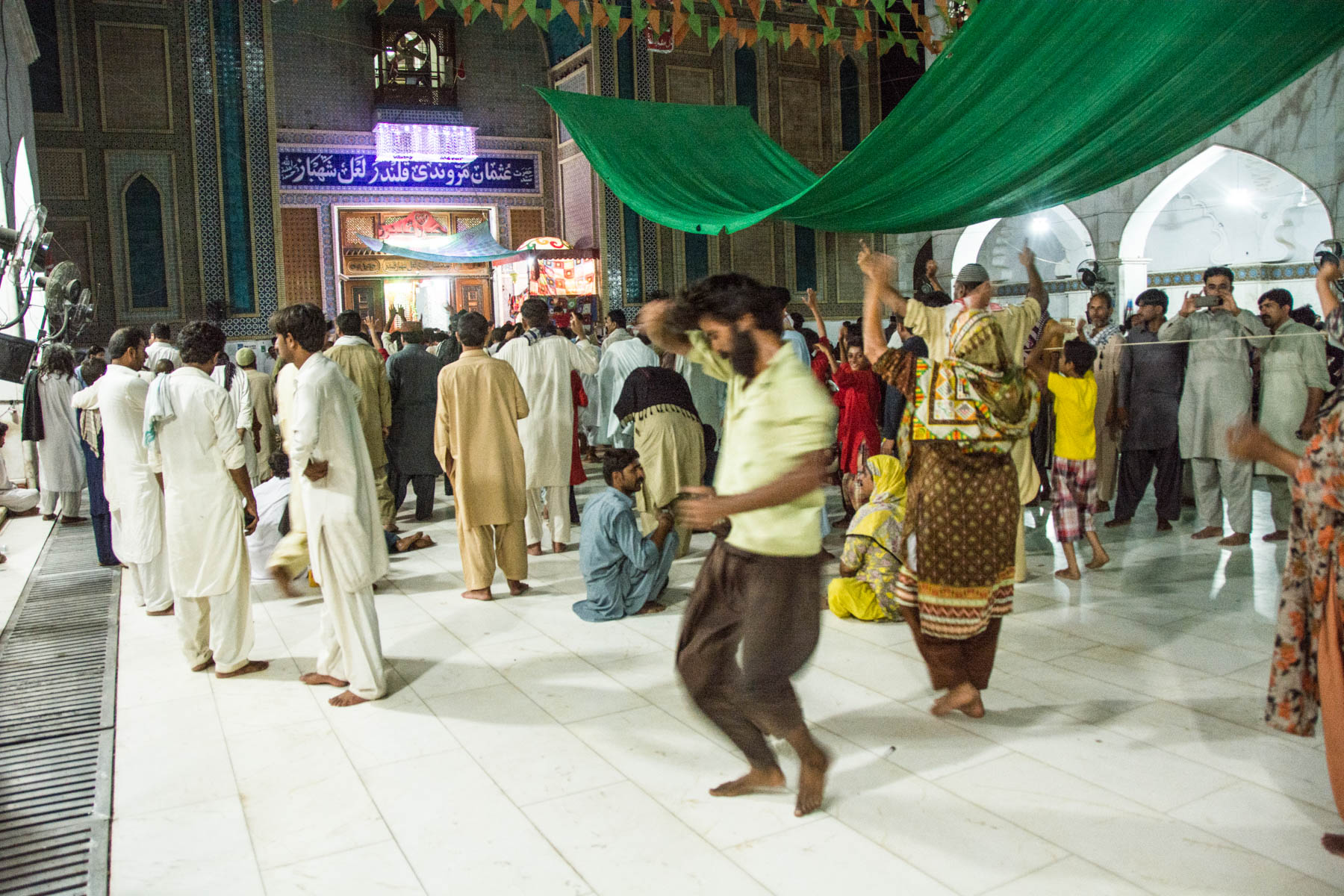
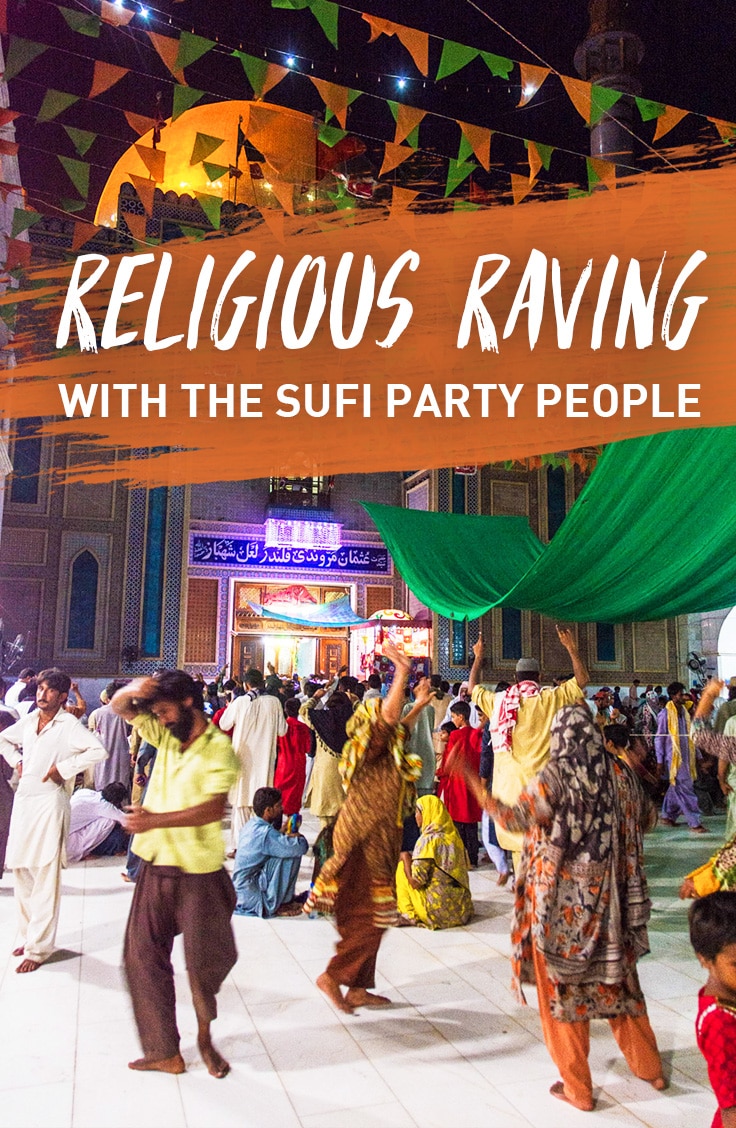


We remember feeling this at the Stonehenge summer solstice, something about the beating drums and purity of the moment… And again around a fire in the middle of the desert in Rajastan while dancers twirled and drums were played. I think there is something very primal about that sort of music and how it pulses and if you let yourself you can fall into it and into the moment. Great article, thank you for sharing!
There really is something about it. We were in Lahore at an even bigger gathering but the moment the music started a thunderstorm hit and the area was cleared. Glad you enjoyed reading about it 🙂
Ohhhhhhh just reading this has brought so many memories back for me – I was at Sehwan Sharif a few months ago, and it was simply incredible. So much colour, so much fun. I’m currently working on a book about Pakistan, and writing about it has brought it back to me… and reading your post – I’m almost there <3
Planning to go back again this year, insha'Allah 🙂